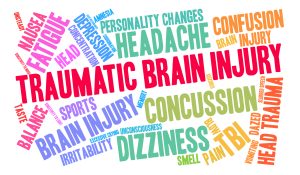Hotels are supposed to be places of rest, not places where you leave with injuries, medical bills, or worse. Yet slips, falls, assaults, defective furniture, pool accidents, elevator failures, and parking-lot crashes happen every year. If you or a loved one were hurt at a hotel in California, you may have a valid personal injury claim — but premises liability law, evidence-gathering, insurance issues, and tight deadlines mean you’ll want to act wisely and quickly.
This guide explains, in plain English, how hotel injury claims work in California: the hotel’s legal responsibilities, common causes of injury, how to preserve evidence, what damages you can recover, time limits and special rules, how comparative fault affects your claim, and practical steps to maximize the chances of a fair recovery. I’ll also point you to further resources (including the site you asked for) and give a clear next-step checklist at the end.







